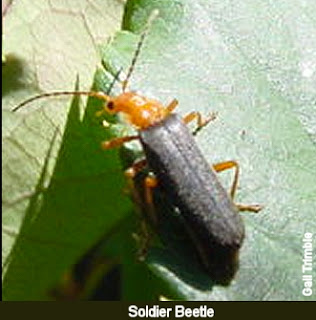Baker Park
is a boat landing on the Rogue River just above Riverside Park, the first and
most central park in the city of Grants Pass.
It has an old fire station up front by East Parkside and Parkway,
followed by a bench next to a sidewalk facing away from the river and toward East
Parkside and the fire station. This is
the only bench in the park. It is backed
by a mass of live and dead blackberries and other weeds, which continue down
the east side of the sidewalk to the parking area and bathroom.
It has a
bathroom at the top end of the parking area, with a trash can outside it. There are two more trash cans by the boat
landing. These get emptied frequently,
if not daily, but the City apparently doesn’t hire people to pick up the litter
that is strewn from top to bottom of the “improved” area and gets worse in the
unimproved area, the vast majority of the city’s land upriver.
It is
landscaped only on the west side to its border and in the middle; the east side
is allowed to be “wild”—full of blackberries and other noxious and nuisance
weeds that block the view of whatever is behind them and amount to a fire
hazard, particularly between the upper area and the Parkway Bridge. The planted shrubbery is also full of
blackberries, tall grass, other weeds, and litter.
Blackberries, East of the path down to the parking lot.
There is a
sign on the east edge of the parking lot, telling us that the Middle Rogue
Steelheaders have “adopted” this stretch of river—with trash around it and
weeds behind it. It is said that they
clean only the river side itself, and only once a year, at the end of summer. The sign is out of that territory, but the
litter gets worse closer to the river.
Groups
generally adopt a piece of public property to show their civic-mindedness. As adoption signs go, this one is very bad
advertising, but it shows the true nature of recreational fishermen. They aren’t there to work. They’d be better thought of if they’d pick up
the area in which they are fishing, before and after they fish.
Last year,
Grants Pass built a wide, paved biking and walking trail to Baker Park from
East Parkside, behind our relatively new “Public Safety” (police and fire)
station, under the Parkway Bridge, and into the park. The weeds close in around the path, as it
reaches the parking area.
Blackberries close in on path, east of the parking lot.
But the
side toward the river becomes willows, blackberries, weeds, and litter, and there
is a hobo camp a few hundred feet upstream of the boat landing. Until this winter, they had an open willow
grove with many beaten paths, shielded by blackberries. Beyond that, a corral was constructed from
willow logs in thicket growth to shield the campers. This year, winter high water knocked down the
willows with several large logs, and it has become a maze of blackberries and
willow sprouts in an obstacle course of logs and limbs, with many pockets in
the detritus for sleeping shelters and a few open areas. The area is, of course, full of litter and
discarded clothes and blankets.
There is,
this year, a nice shallow wading area, suitable for young children, next to the
boat landing, as sand has filled in below the gravel bars on this side of the
river. But the weeds, litter, and the
camp upriver make it feel unsafe even in daylight, in a city whose major goal
it is to “look safe and be safe.”
“Public Safety” could start by adopting its park down the hill.











